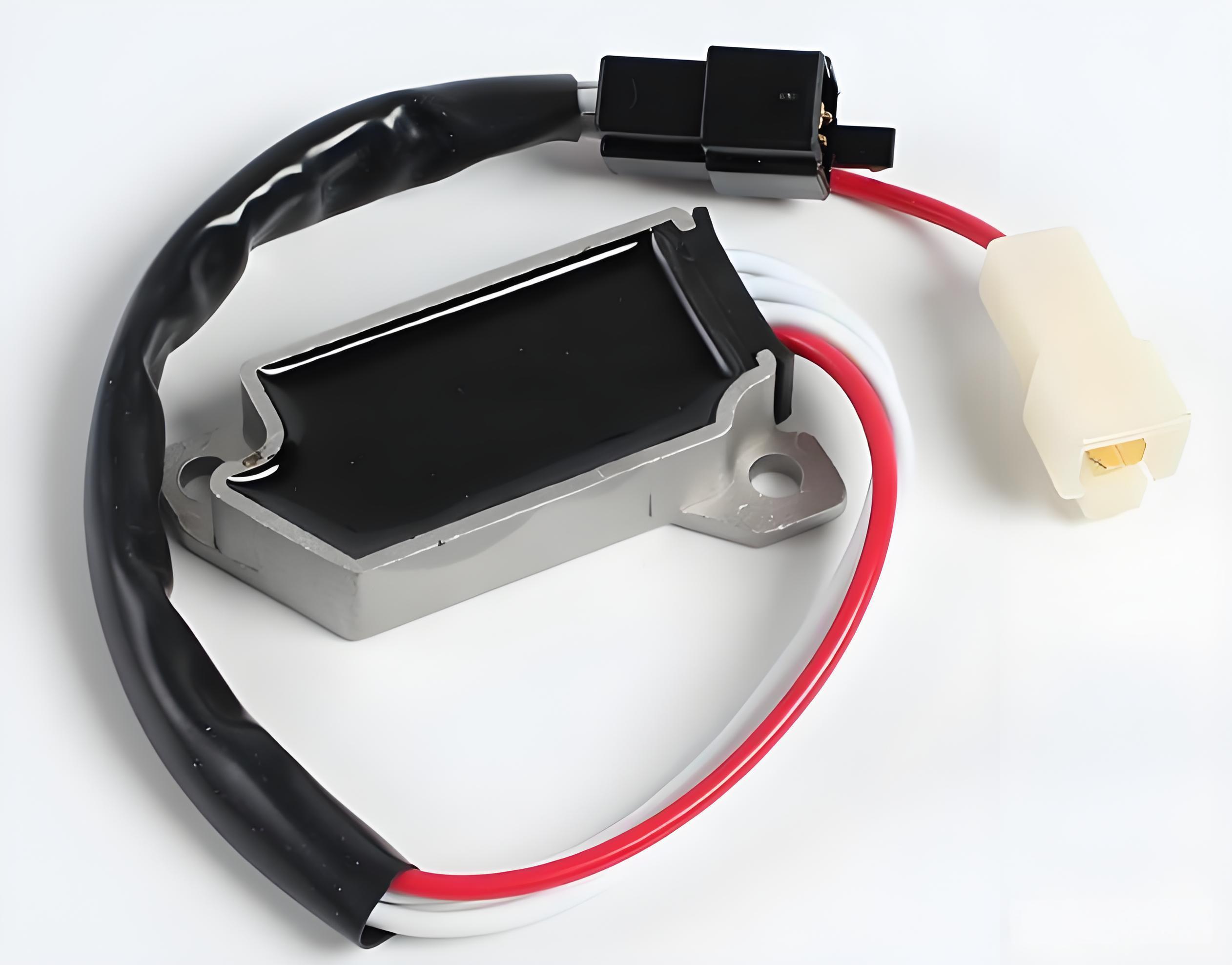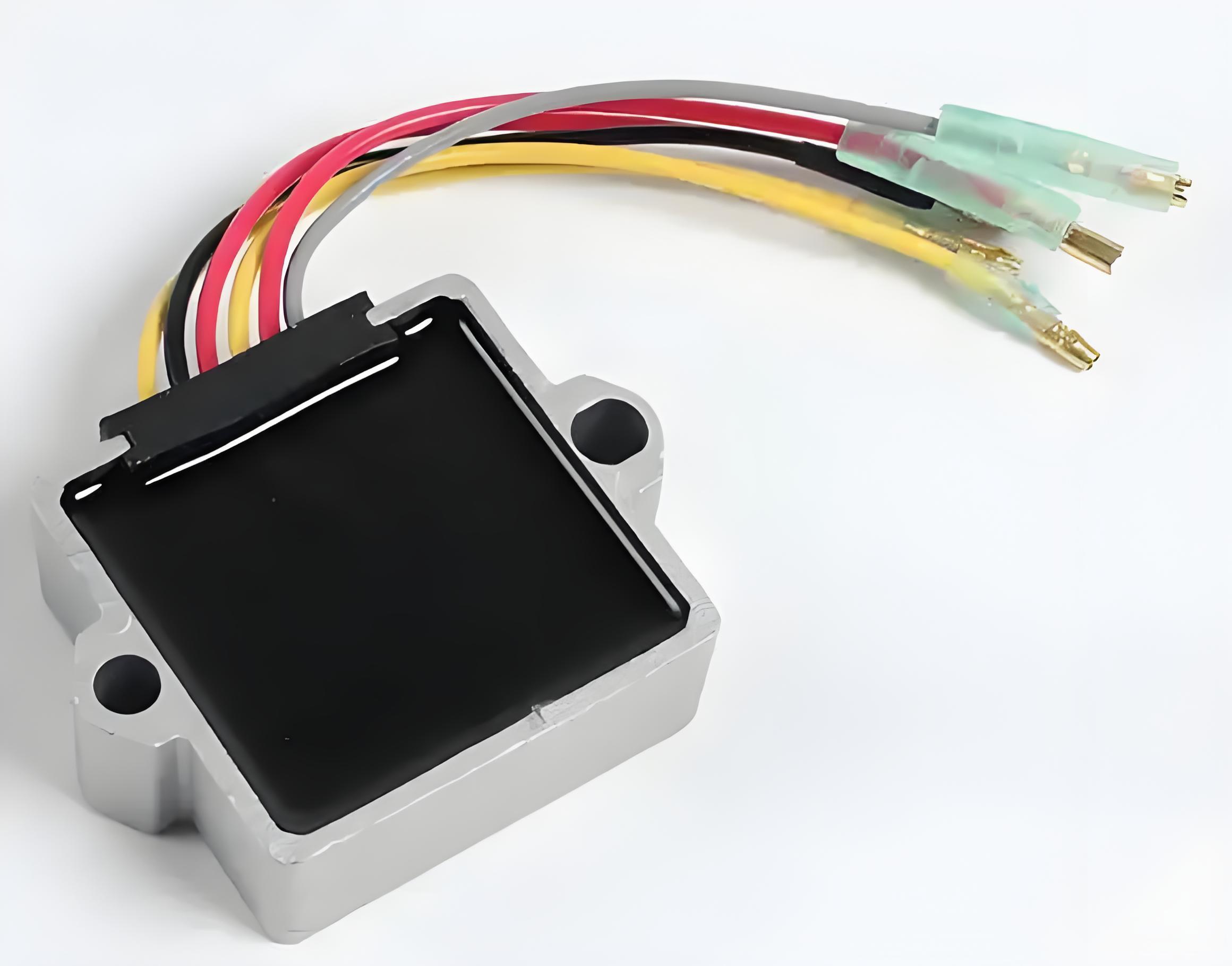What key issues should be considered during the potting process of sensor potting glue?
In sensor devices, humidity and moisture are important factors affecting the normal operation of the equipment. Using sensor potting glue for sealing is very important. The potting glue can form a hard protective layer on the surface of the device to prevent moisture from entering the device, thus ensuring the normal operation of the device. To ensure the superior quality of your sensors, Shanghai Hinnel New Materials Technology Co., Ltd. provides a detailed analysis of the key points to note during the sensor potting process. Let's take a look!
Shanghai Hinnel
2025/05/16

I. Preparation
Before potting, some preparations are necessary. First, check if the sensor is intact; second, place rubber gaskets or expansion hoses around the sensor to prevent the potting adhesive from accidentally getting on the sensor surface. In addition, ensure that the potting environment is dry, free of water, and dust-free.
II. Selection of Suitable Potting Material
1. Selecting the appropriate viscosity
The viscosity of the potting material should be selected according to the specific potting area. Too high or too low viscosity will affect the quality and effect of potting.
2. Selecting the appropriate hardness
The hardness of the potting material also needs to be determined according to actual needs. Generally, the higher the hardness, the more pressure resistance and protection the sensor will have after potting.
3. Selecting the appropriate temperature resistance
The sensor will be affected by high or low temperatures in actual work, so the temperature resistance of the potting material also needs to be considered.
III. Potting Adhesive Usage
Appropriate usage: Use an appropriate amount of adhesive, avoiding too much or too little. Too much adhesive may squeeze out, affecting other components; too little may result in poor adhesion.
Even coating: Ensure that the potting adhesive is evenly coated on the contact surface to avoid local poor adhesion.
Curing conditions: According to the instructions of the potting adhesive, ensure that the potting adhesive is completely cured within the specified time. Insufficient curing may lead to poor adhesion or poor performance. At the same time, ensure curing under suitable temperature and humidity conditions; extreme environmental conditions may affect the curing effect and adhesive strength of the potting adhesive.

IV. Testing and Evaluation
After completing the potting encapsulation, the sensor needs to be tested and evaluated. This includes appearance inspection, electrical performance testing, and mechanical performance testing. Through testing and evaluation, the sensor's performance can be ensured to meet the expected standards, and potential problems can be identified and solved in a timely manner.
In summary, the sensor potting encapsulation process is a complex and crucial step. By mastering these techniques and precautions, the construction quality and effect of electronic potting adhesive can be improved, ensuring the protection and encapsulation effect of electronic components. Hopefully, this article will help you understand Sensor Potting Adhesive usage.
> Recommend reading
Detailed explanation of the application of organosilicon gel in IGBT module packaging
Shanghai Hinnel
2025/07/10
Usage of addition-cure potting compound and condensation-cure potting compound
Shanghai Hinnel
2025/07/08
What are the advantages of using polyurethane potting glue for PCB boards?
Shanghai Hinnel
2025/07/03










